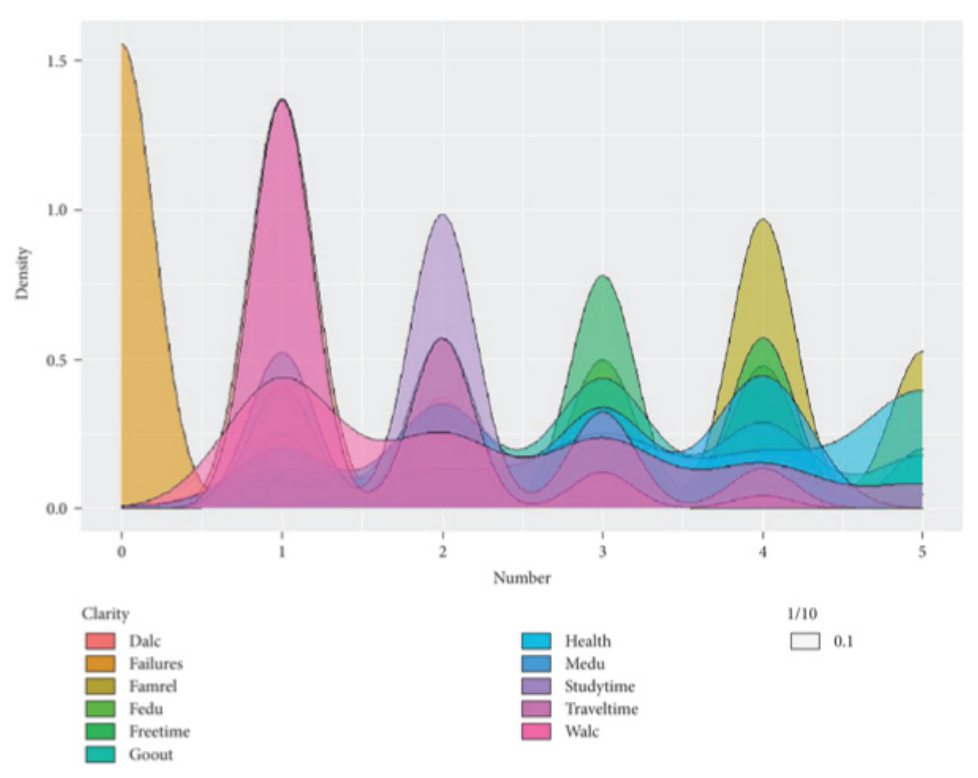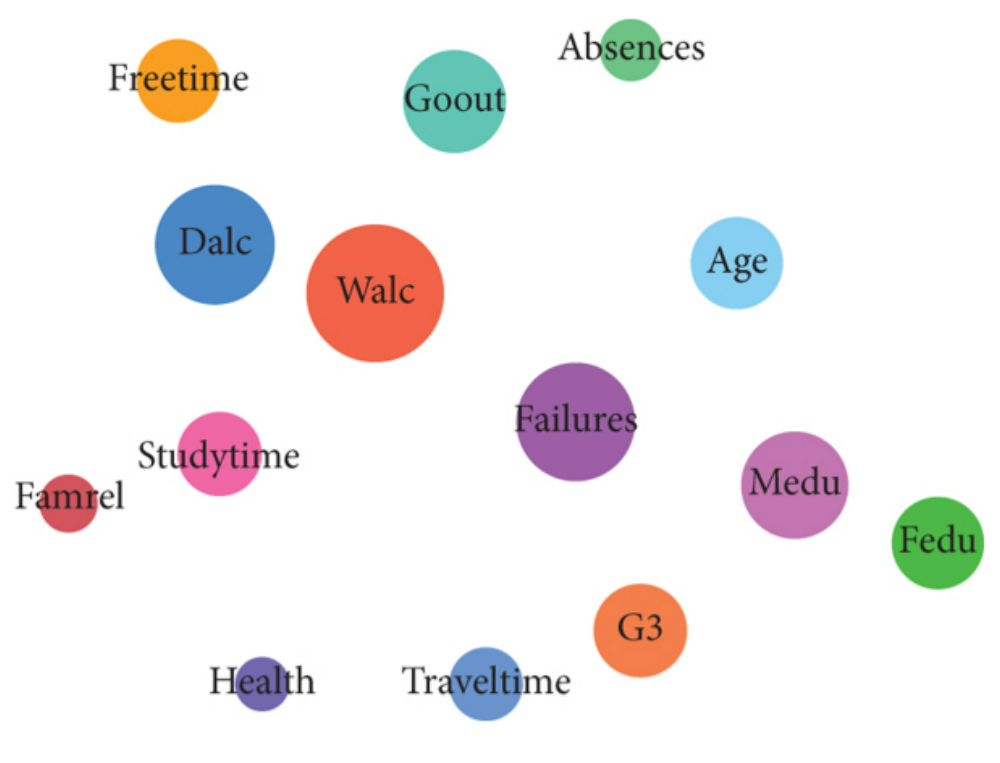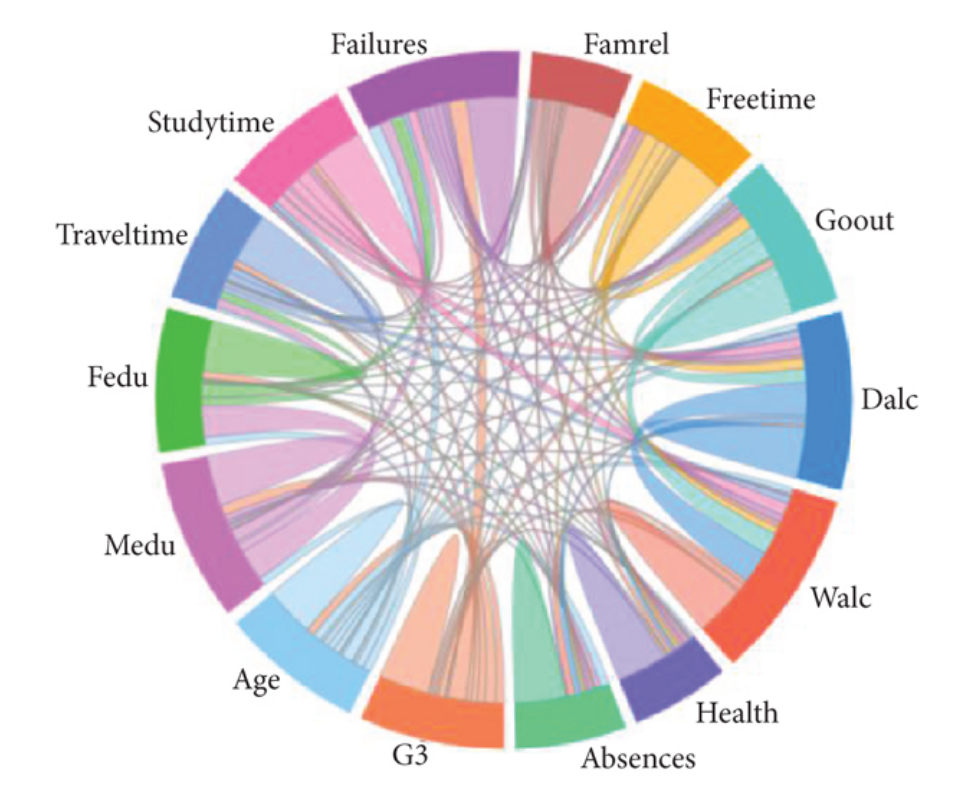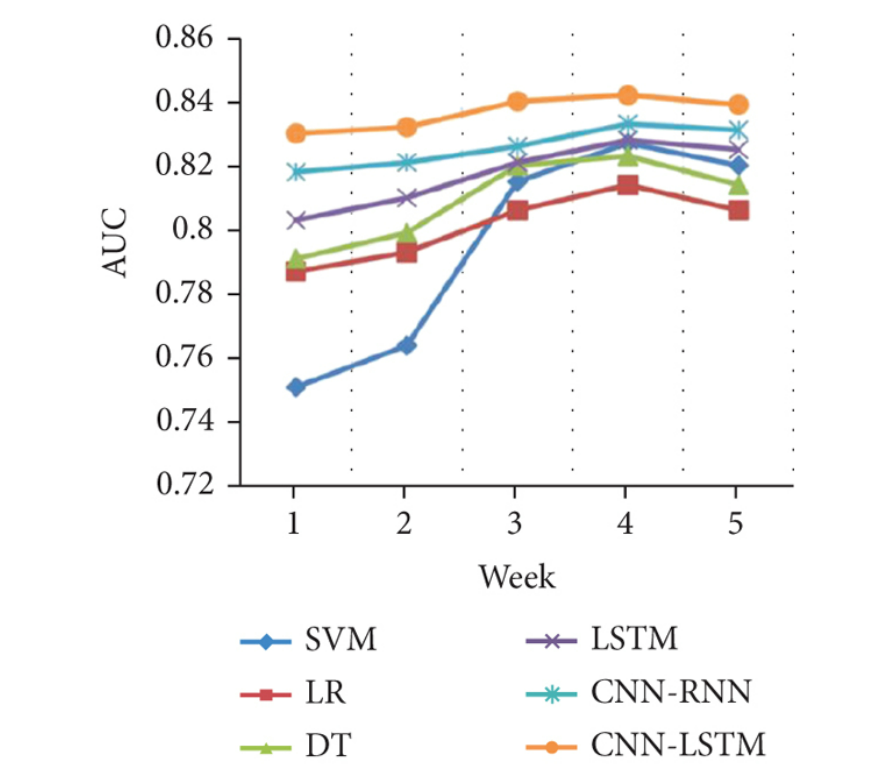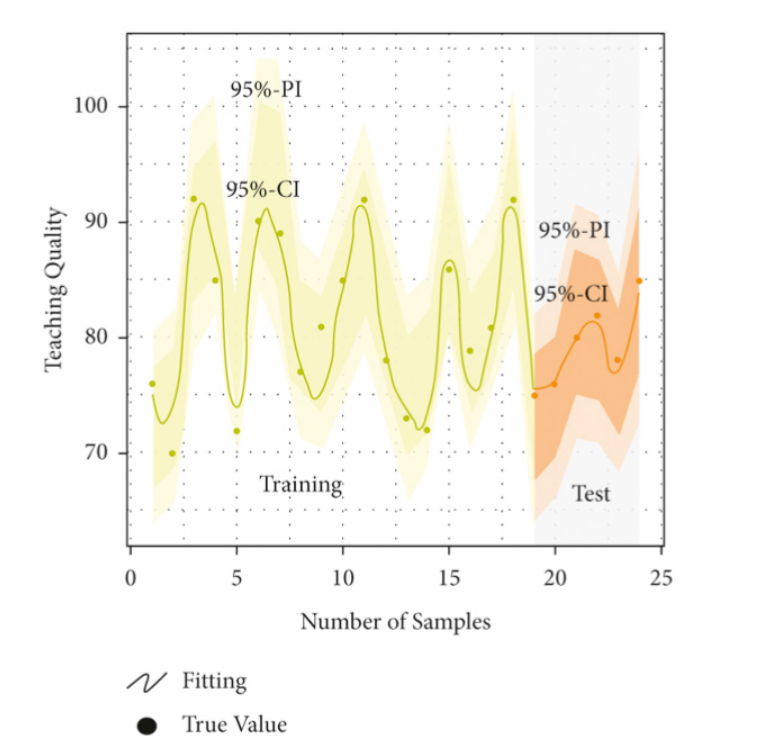 An open access journal
An open access journal
The Role of Cultural Content in English Language Teaching: Enhancing Intercultural Competence in TESOL Classrooms
Abstract
The integration of cultural content in English language teaching (ELT) plays a crucial role in enhancing intercultural competence (IC) among TESOL (Teaching English to Speakers of Other Languages) students and teachers. This study explores the impact of cultural content on IC in TESOL classrooms through a mixed methods approach, incorporating both quantitative and qualitative data from a diverse sample of TESOL educators and learners. Findings reveal that cultural content, particularly historical context, literature and arts, and traditional culture, is widely used and significantly enhances IC by improving understanding of cultural differences and effective cross-cultural communication. Preferred teaching methods include multimedia resources and project-based learning. Despite these positive impacts, challenges such as lack of resources, insufficient training, and cultural sensitivity issues were identified. Recommendations for practice include providing more resources, enhancing teacher training, incorporating a variety of cultural content, and using interactive teaching methods. The study's contributions highlight the importance of cultural content in preparing TESOL students for global communication and cultural diversity. Future research directions suggest longitudinal studies, comparative analyses, and the exploration of technology's role in integrating cultural content. This research underscores the need for ongoing development in TESOL education to foster intercultural competence.
Share and Cite
Article Metrics
References
- Bennett, M. J. (1993). Towards ethnorelativism: A developmental model of intercultural sensitivity. In R. M. Paige (Ed.), Education for the intercultural experience (pp. 21-71). Yarmouth, ME: Intercultural Press.
- Brooks, F. B., & Donato, R. (1994). Vygotskyan approaches to understanding foreign language learner discourse during communicative tasks. Hispania, 77(2), 262-274.
- Byram, M. (1997). Teaching and assessing intercultural communicative competence. Multilingual Matters.
- Byram, M. (2008). From foreign language education to education for intercultural citizenship: Essays and reflections. Multilingual Matters.
- Chen, G. M., & Starosta, W. J. (1996). Intercultural communication competence: A synthesis. Communication Yearbook, 19, 353-383.
- Deardorff, D. K. (2006). The identification and assessment of intercultural competence as a student outcome of internationalization. Journal of Studies in International Education, 10(3), 241-266.
- Fantini, A. E. (2000). A central concern: Developing intercultural competence. SIT Occasional Papers Series, 1, 25-42.
- Hymes, D. (1972). On communicative competence. In J. B. Pride & J. Holmes (Eds.), Sociolinguistics (pp. 269-293). Harmondsworth: Penguin.
- Kramsch, C. (1993). Context and culture in language teaching. Oxford University Press.
- Paige, R. M., Jorstad, H. L., Paulson, L. A., Klein, F., & Colby, J. (2003). Culture learning in language education: A review of the literature. In D. L. Lange & R. M. Paige (Eds.), Culture as the core: Perspectives on culture in second language learning (pp. 173-236). Greenwich, CT: Information Age Publishing.
- Savignon, S. J. (2002). Communicative language teaching: Linguistic theory and classroom practice. In S. J. Savignon (Ed.), Interpreting communicative language teaching (pp. 1-27). Yale University Press.
- Starkey, H. (2007). Language education, identities and citizenship: Developing cosmopolitan perspectives. Language and Intercultural Communication, 7(1), 56-71.
- Tomalin, B., & Stempleski, S. (1993). Cultural awareness. Oxford University Press.
- Ward, C., Bochner, S., & Furnham, A. (2001). The psychology of culture shock. Routledge.
- Byram, M., & Feng, A. (Eds.). (2006). Living and studying abroad: Research and practice. Multilingual Matters.

